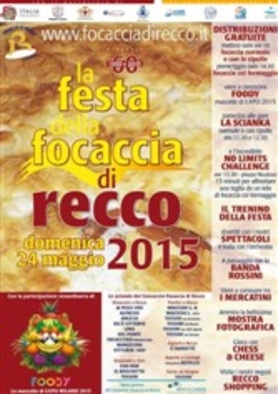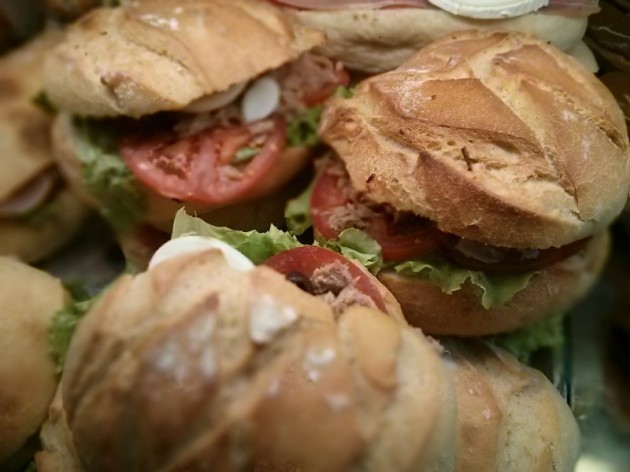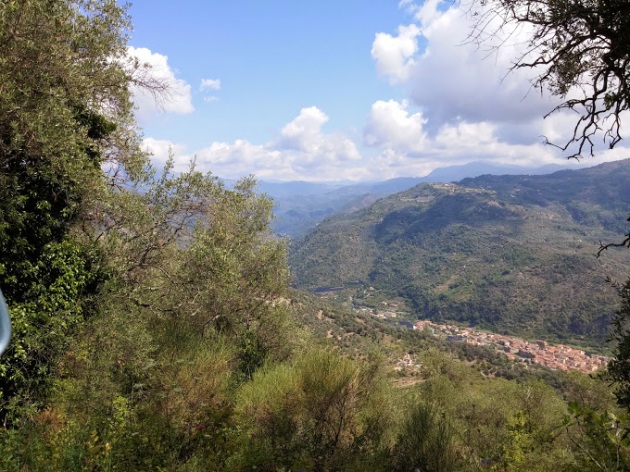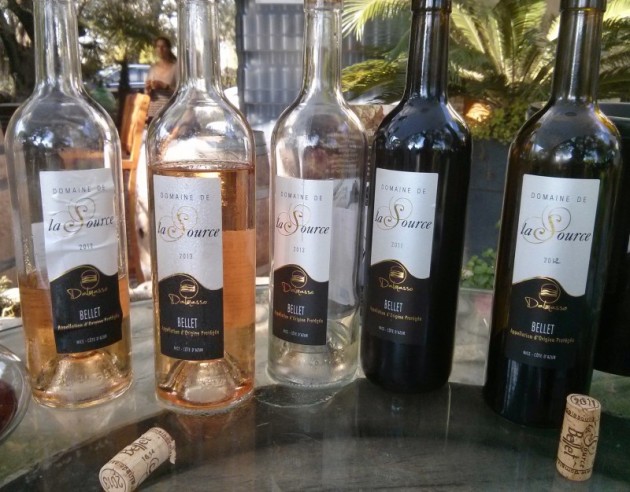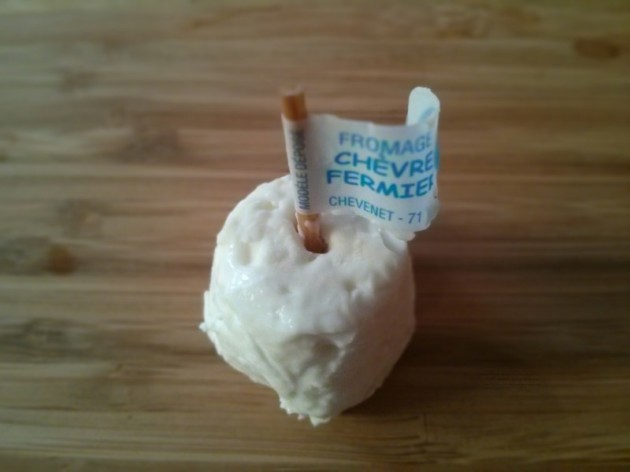 I’ve written about focaccia before but not specifically about cheese focaccia which is something altogether different. We typically think of focaccia as a thick, dimpled yet fluffy bread, dripping in olive oil and crunchy with salt, sometimes garnished with a diverse range of toppings such as olives, onions and/or rosemary. Cheese focaccia on the other hand is a true flatbread. There is no yeast and the dough is rolled out as thinly as possible into two large discs which are then sandwiched together to hide a mouthwatering cheese filling: a filling so gooey and tasty that is difficult to achieve without using chunks of the tangy, fresh Crescenza cheese, a speciality of Northern Italy, made from cow’s milk.
I’ve written about focaccia before but not specifically about cheese focaccia which is something altogether different. We typically think of focaccia as a thick, dimpled yet fluffy bread, dripping in olive oil and crunchy with salt, sometimes garnished with a diverse range of toppings such as olives, onions and/or rosemary. Cheese focaccia on the other hand is a true flatbread. There is no yeast and the dough is rolled out as thinly as possible into two large discs which are then sandwiched together to hide a mouthwatering cheese filling: a filling so gooey and tasty that is difficult to achieve without using chunks of the tangy, fresh Crescenza cheese, a speciality of Northern Italy, made from cow’s milk.
For a while now I’ve been trying to reproduce the wonderful examples of this bread that we tasted in Genoa a year ago but I should point out that Genoa is not the original home of this iconic Ligurian snack. It is Recco, a seaside town further along the coast to the east, and a place where once a year in May the Festa della Focaccia takes place celebrating focaccia in its many different forms.
Here in the UK, and in France where I spend some of my time, it is difficult impossible to find Crescenza cheese. Taleggio or a blend of mozzarella and cheddar make reasonable substitutes, giving the characteristic oozing, melted cheese look and feel to the finished product. But it’s not quite the same. So imagine my delight on a recent visit to Lombardy to find Crescenza cheese readily available in supermarkets! We had driven to Italy with the thought that we might bring back some edible goodies so I was well prepared with a coolbox to transport this delicacy back to my kitchen in France, and it was well worth it.
Focaccia col formaggio
500g ‘00’ pasta flour
50ml extra virgin olive oil
250ml water
A pinch of salt
450g Crescenza cheese or alternatives as mentioned above
Heat the oven to 230°C. Mix all the ingredients together, except for the cheese, and knead the dough to bring it together. Leave the dough to rest for 20 minutes.
Split the dough into two pieces and roll each piece out as thinly as you can to fit the size of a round pizza base. Place one half of the dough onto a round pizza baking tray, dot the cheese around it and then top it with the second piece of dough. Crimp the edges to seal and drizzle with olive oil. Bake in the hot oven for 15 minutes, but keep checking it as you cook as oven temperatures/flour types vary so much.
When browned and bubbling, take out of the oven, cut into slices and eat immediately.

